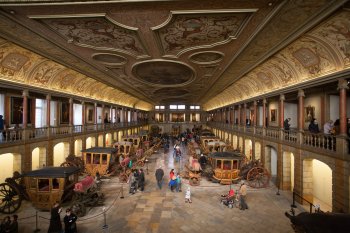Explore the best places
Discover new places in Lisboa
Casa da Quinta dos Azulejos / Colégio Manuel Bernardes
- heritage
Largo Padre Augusto Gomes Pinheiro
1600-549, Lisboa
In this farm the use of the glazed tiles is explored untill exsaustion: they cover walls, fountains, series of arches, benches and colonnades. You may say that the garden has more glazed tiles than plants. The polychromic paintings that decorate the churches and the garden benches and the paintings with religious motifs and campestrian scenes are remarkable.
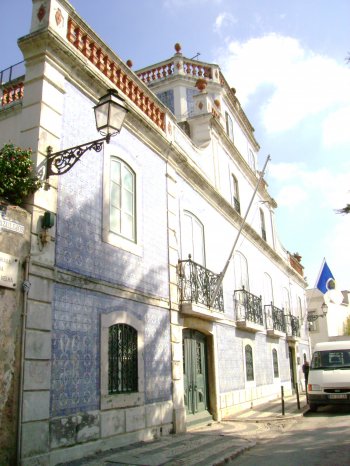
Casa Nobre de Lázaro Leitão Aranha
- heritage
Rua da Junqueira, 190-198
1300-346, Lisboa
It is an exemplar of the XVIII century manorial architecture, a work of Carlos Mardel. It is a three floors building: the ground floor is destined to a service area and a kitchen, the first floor was the noble floor, and the second floor the attic. In the atrium there is a huge marble staircase and, at the wall, twelve glazed tiles figures allusive to the twelve months of the year. The library, in two floors, has a wood application painted in white and gold. The chapel is covered with beautiful figurative glazed tiles allusive to the Christ’s Passion.
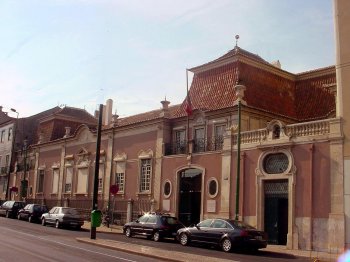
Casa do Ferreira das Tabuletas
- heritage
Rua da Trindade, 32
1200-468, Lisboa
Built in 1865, this building has four floors and an attic. The façade is, with exception of the ground floor, totally covered with figurative glazed tiles, conceived by the painter Luis Ferreira, known as the “Ferreira das Tabuletas".
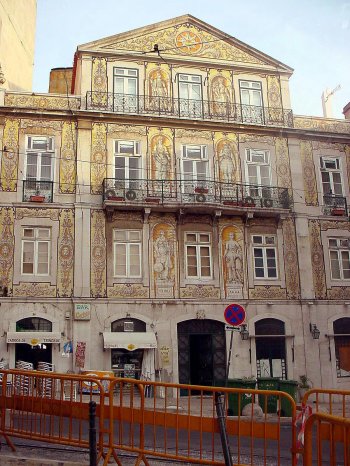
Casa de Nossa Senhora do Carmo
- heritage
Alameda das Linhas de Torres, 33
1750-139, Lisboa
Farm built in the 18th century, to submit a plan in Los Angeles with two floors and cover on roofs of two and three. Throughout the 20th century, has undergone several renovation and upgrading works.
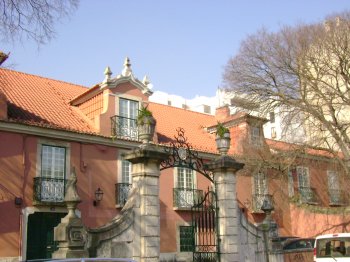
Casa com Painel de Azulejos de São Marçal
- heritage
Rua Esquerda, 2-4
1600-447, Lisboa
Casa Pombal simple rectangular plan with two floors, including a hagiographic record of Rococo tile with windings shell motifs, floral and vegetal. On the facade, there is also a cruise in polychrome tile.
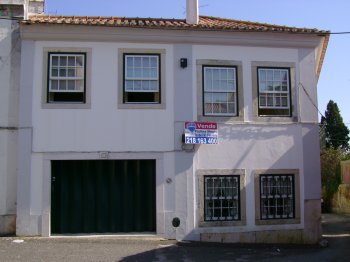
Casa da Quinta do Paço
- heritage
Largo de São Sebastião, 1-3
1600-762, Lisboa
Old manor palace transformed into college, formed initially by a rectangular plant and currently by a plant in l. Integrates a simple rectangular House, two floors and a walled courtyard. It was probably built in the second half of the 18th century and renovated in the 19th century.
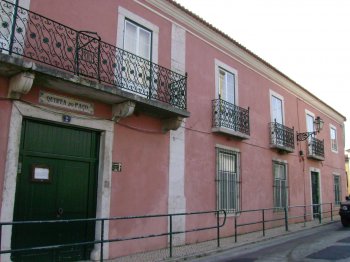
Casa de Campo do Marquês de Angeja / Vila Adelina
- heritage
Rua da Castiça, 2
1750-056, Lisboa
The primitive construction dates back to the 16th century, which have a higher body, torn by Windows and marked on the access by an arcade. This construction, adossou-if a Pombaline building, giving rise to several patios. This building is a good exemplar of Gothic architectural heritage of old core of Lumiar.

Edifício do Restaurante Tavares
- heritage
Rua da Misericórdia, 35-37/ Rua das Gáveas, 26-30
1200-270, Lisboa
This is a building from the Marquês de Pombal period, with the two first floors occupied with a restaurant. Inside the establishment there is a room divided in three, with polished surfaces and ceiling covered with golden stucco.
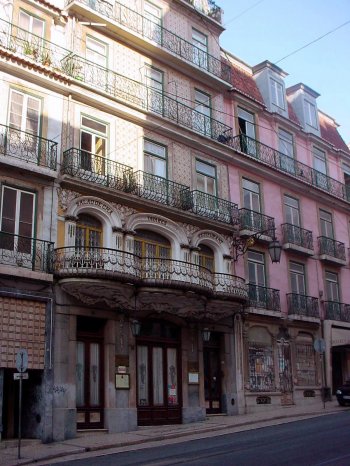
Torre do Galo
- heritage
Largo da Torre, 8
1300, Lisboa
This is a solitary tower that does not belong to any church.
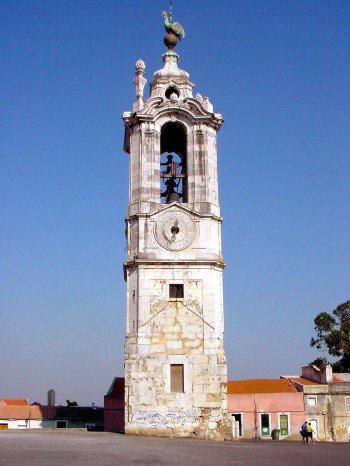
Picadeiro Real de Belém
- heritage
Praça Afonso de Albuquerque
1300-004, Lisboa
Inaugurado em 1944, este salão foi projetado pelo arquiteto Raul Lino. Em memória do excelente trabalho de proteção e divulgação deste património hipomóvel, iniciado pela rainha D. Amélia, permanece no espaço do Antigo Picadeiro, um núcleo expositivo visitável com coches e berlindas, a galeria de pintura da família real, assim como um conjunto de acessórios de cavalaria.
